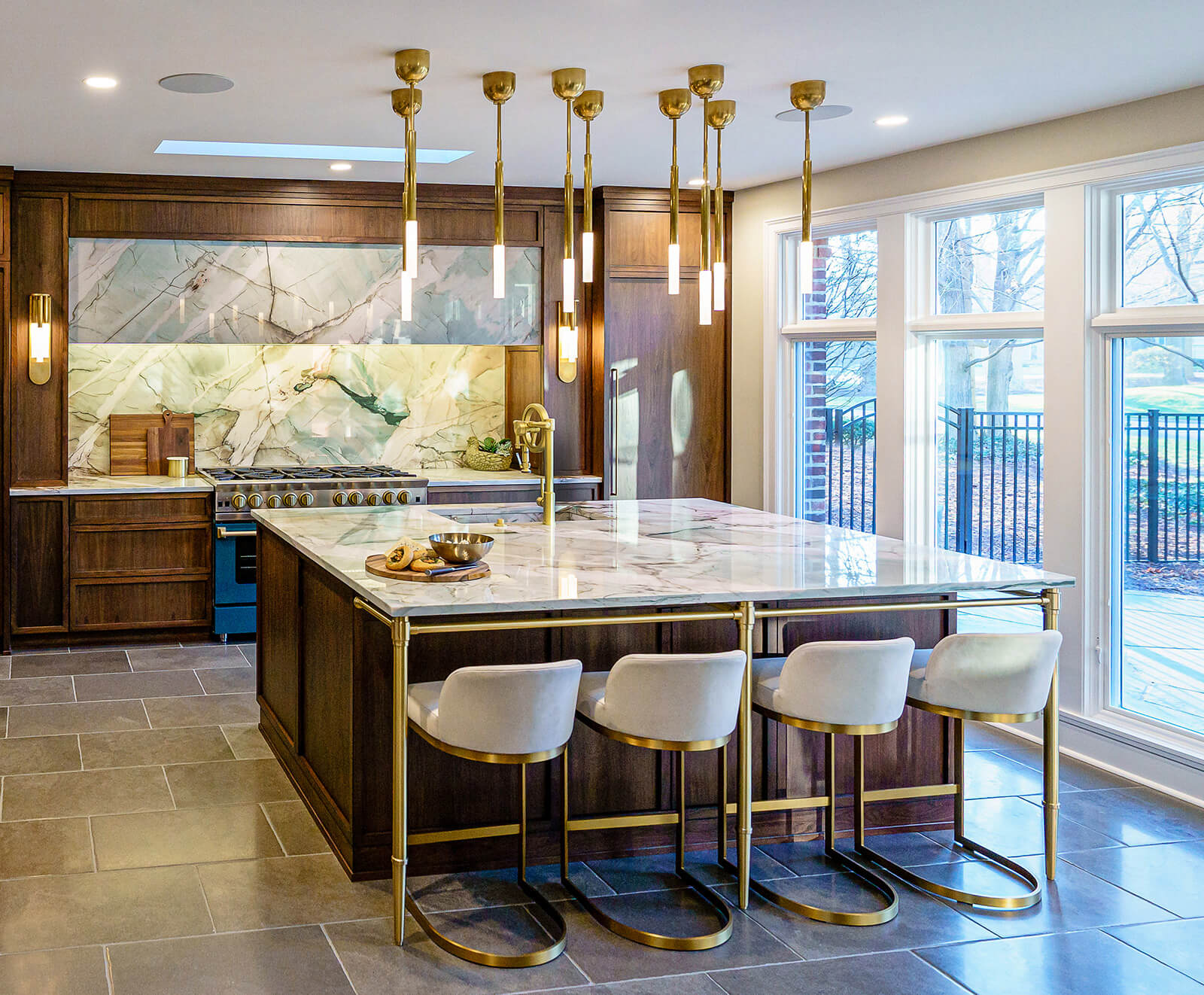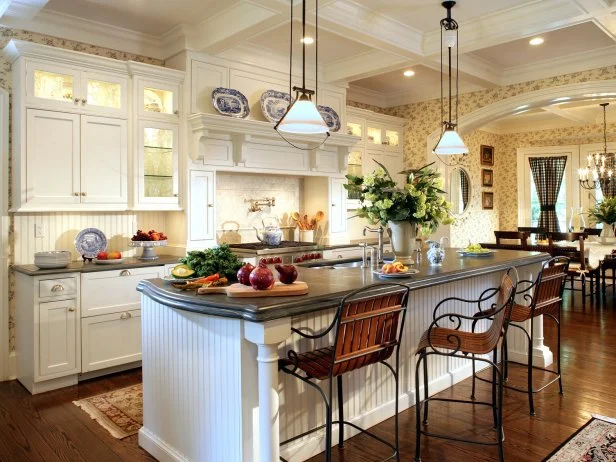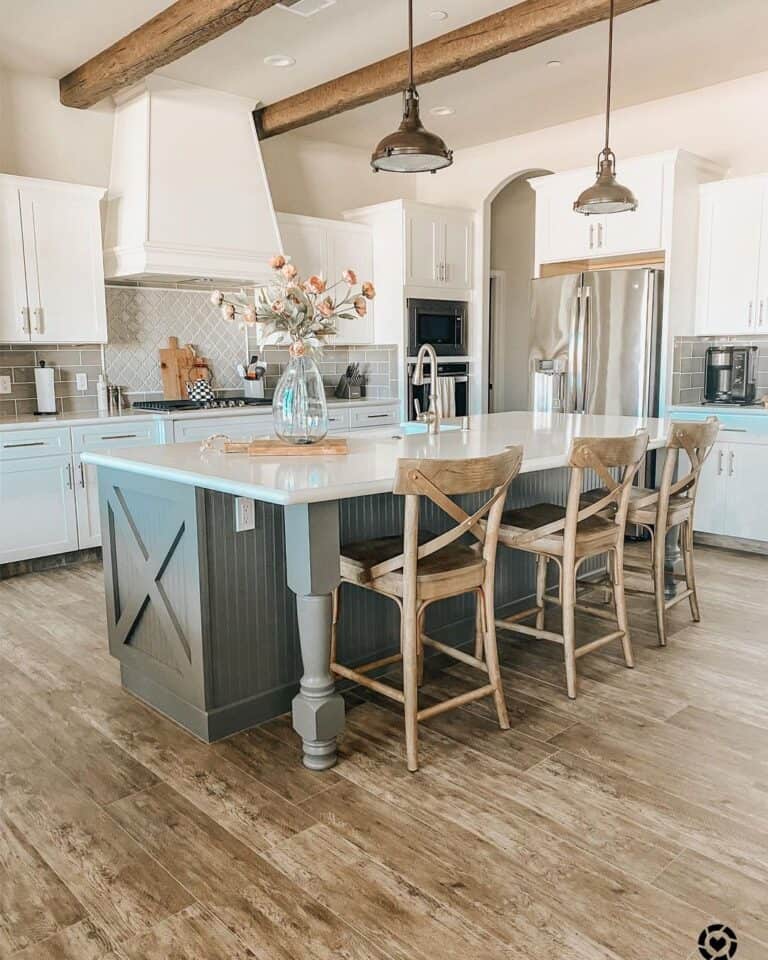Vital Elements to Consider When Selecting Legs For Cooking Area Island
Picking the proper legs for a kitchen area island involves a careful analysis of numerous aspects that can substantially influence both capability and visual appeal. Amongst these, the selection of material plays a pivotal duty in guaranteeing sturdiness, while the design has to match the existing decor. In addition, considerations such as height and weight assistance are important for security and comfort. As we explore these components, it ends up being clear that each choice can have significant implications for the general kitchen experience. What subtleties should be considered in each of these groups to accomplish the perfect equilibrium?
Material Options
When picking legs for a kitchen island, recognizing the various product options is necessary for achieving both visual appeal and architectural honesty (Legs For Kitchen Island). The option of material dramatically influences not only the resilience of the island yet likewise its overall style and capability
Wood is a prominent selection, providing heat and convenience. Strong hardwoods, such as oak or maple, provide strength and can be stained or painted to match the kitchen design. Metal legs, commonly made from stainless-steel or functioned iron, add a commercial and modern-day feeling while guaranteeing toughness and security. These products are resistant to use and can support considerable weight, making them optimal for larger islands.
One more option is crafted products, like MDF or plywood, which can be a lot more affordable while still providing a range of coatings. They may not provide the very same degree of stability as strong timber or metal. Legs For Kitchen Island. Lastly, products such as acrylic or glass can develop a contemporary look, though they might need additional assistance to make sure security.
Ultimately, the option of product for kitchen area island legs ought to align with the wanted performance and the overall style of the kitchen.
Style and Layout

When thinking about design, the form and coating of the legs are essential. Conical legs can give a feeling of agility and style, while thicker, extra durable legs can communicate stamina and security. Furthermore, the surface-- be it painted, stained, or natural-- should complement the cabinetry and countertop materials to create a unified appearance.
In addition, the style of the legs can likewise show personal preference. Personalized or ornamental legs, such as those featuring intricate makings or special geometric shapes, can work as centerpieces, including character and personality to the cooking area. Inevitably, the ideal choice will certainly not just enhance capability however also boost the visual appeal, making the cooking area island a standout function of the home.
Height Factors To Consider
Choosing the proper height for kitchen area island legs is critical, as it directly affects both capability and comfort. The typical height for a kitchen area island typically ranges from 36 to 42 inches, lining up with usual counter top elevations.

It is additionally important to represent users' elevations and preferences. Customizing the elevation can ensure a comfy experience for all family participants, making the kitchen area island an extra practical and satisfying space.
Weight Assistance
Ensuring ample weight support for kitchen island legs is essential for both safety and capability. The kitchen area island usually serves multiple objectives, consisting of cooking, eating, and extra storage space, demanding a robust support structure. When choosing legs, it is important to take into consideration the general weight capacity needed based upon the island's intended use and the products that will be put on it.
The selection of material for the legs plays a considerable duty in their weight-bearing capabilities. Solid timber, steel, and heavy-duty composites normally provide exceptional stamina contrasted to lighter products. Additionally, the style of the legs-- whether they are right, tapered, or have a pedestal kind-- can influence their ability to distribute weight successfully throughout the framework.
Constantly consult the manufacturer's requirements pertaining to lots limitations to make sure that the legs can sustain the intended weight without compromising safety. In recap, choosing kitchen area island legs with sufficient weight support is essential for developing a practical and safe cooking area.
Setup and Maintenance
Appropriate installment and maintenance of cooking area island legs are important for guaranteeing long life and stability. This commonly involves safeguarding the legs to the island base using proper fasteners, making sure that the legs are degree and lined up.
As soon as installed, normal maintenance is required to maintain the integrity and look of the legs - Legs For Kitchen Island. For wooden legs, regular cleaning with a damp cloth and application of appropriate wood polish can protect against moisture damages and keep their finish. Metal legs might call for a gentle cleaning remedy to remove grease and gunk, adhered to by a dry fabric to stop corrosion formation
In addition, inspect the legs frequently for indications of wear or damages, such as splits or loosened joints. Tightening up screws or screws as required can additionally lengthen the life-span of the legs. By sticking to these installment and upkeep techniques, home owners can make certain that their cooking area island continues to be sturdy and aesthetically appealing for years to come.
Verdict

Visual comprehensibility is paramount in choosing the design and style of legs for a cooking area island, as these elements significantly influence the general setting of the room. Conical legs can provide a sense of lightness and beauty, while thicker, a lot more durable legs can share toughness and security.Choosing the appropriate height for kitchen island legs is important, as it straight affects both performance and convenience. In recap, choosing kitchen area island legs with appropriate weight look at these guys assistance is necessary for developing a secure and useful culinary area.
In conclusion, selecting legs for a kitchen island necessitates mindful factor to consider of numerous click here for more aspects, consisting of material options, style, elevation, weight assistance, and installment.